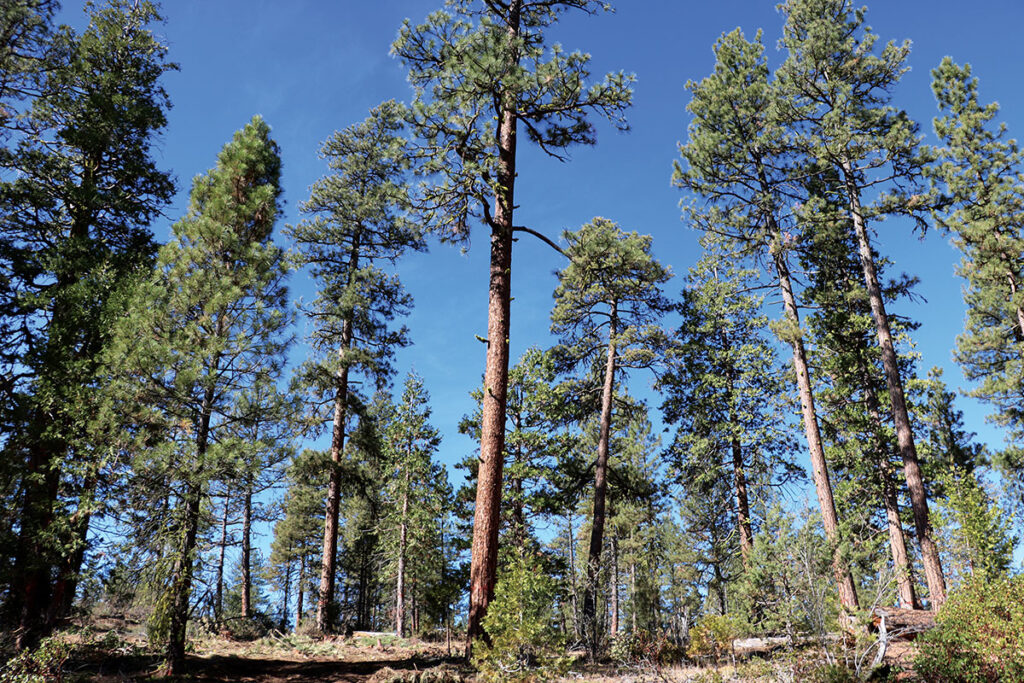This article was originally published by the Frontier Institute.
Though the federal government owns the majority of forestlands in Montana, it’s Montanans who suffer the consequences of mismanaged forests and heightened wildfire risk. Through the management tool of Good Neighbor Authority, however, our state now has a way to break free from the downward spiral of wildfire season.
Good Neighbor Authority is a forest management tool permanently authorized in the 2014 Farm Bill that allows the Forest Service and Bureau of Land Management to partner with states, counties, and tribes to conduct forest restoration work on federal forests to reduce wildfire risk. Montana was wise to enter into a Good Neighbor Authority agreement with the Forest Service and should continue to capitalize on opportunities to reduce wildfire risk available under the agreement.
The Montana Department of Natural Resources and Conservation (DNRC) signed a 10-year Good Neighbor Authority agreement with Forest Service Region 1 in 2016. Montana gained the authority to assist with and lead on projects on Forest Service lands in the state, including planning, restoration, and timber sales. In return, Montana receives a share of timber revenues or direct federal compensation for conducting the forest work. The goal was to establish a self-sustaining program where revenues from timber sales conducted as part of Good Neighbor Authority forest restoration projects would cover the state’s costs of conducting the work.
Just halfway through the agreement, Montana has effectively put the management tool to use. Forest projects conducted by DNRC under Good Neighbor Authority began in 2018 with hazardous tree removal in the Helena-Lewis and Clark National Forest. Today, nearly 5,500 acres of forestland across all seven national forests within our state boundaries have been treated with selective thinning, prescribed burns, and other management tools. Thirteen timber sales have been completed or are under contract, generating nearly $5 million in revenue for the state. Montana has already reached a position where these timber sales are generating revenue to cover non-commercial restoration projects needed for things like thinning to reduce wildfire risk in important watersheds.
Montana’s success is a testament, at least in part, to the DNRC recognizing the need for better forest management in our state and maximizing the flexibility of state actions with Good Neighbor Authority. With 85% of forested acres in Montana at risk of severe wildfire, Montana State Forester Sonya Germann has described Good Neighbor Authority as “another way to get all hands on deck to get these issues addressed.” To maximize the potential for the state to conduct forest work and reduce fire risk, Montana officials worked to write agreements for specific projects done under Good Neighbor Authority broadly enough to allow for additions and adaptations to commercial and non-commercial timber projects. With this focus on flexibility, Montana has been able to respond to changing conditions in a timely and efficient manner.
Montana has proven its ability to conduct forest projects on federal lands. Now comes the opportunity to expand and get even more work done to promote forest health, reduce fire risk and support the timber industry.
DNRC recognizes Good Neighbor Authority as a way to support cross-boundary forest project coordination throughout Montana. By continuing projects across federal forestland and identifying projects with commercial potential, Montana can generate revenues and support forest resiliency, wildfire risk reduction and other restoration goals. Our state can use Good Neighbor Authority to become self-sufficient—using timber sale revenues to fund continued forest management work across land management jurisdictions—and we should continue to strive for that lasting success.
Challenges certainly exist to growing a self-sustaining Good Neighbor Authority program. Mill closures, NEPA and regulatory challenges, 10-year contract limits and staff capacity are just a few issues that hinder forest work and must be addressed. Montana must continue to navigate these obstacles and work with federal partners to make reforms so the state can conduct necessary work.
Over just a few years, Montana has proven a capable leader in conducting forest restoration work on federal lands under a Good Neighbor Authority agreement. Continuing this important tool for forest management will help conserve Montana’s forests and reduce the costs Montanans bear each fire season.




